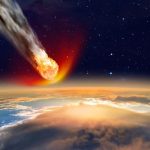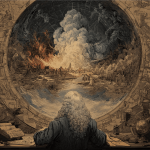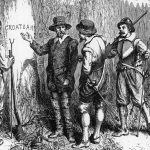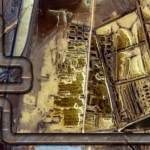In 1704, long before rockets pierced the sky or electricity lit the night, Sir Isaac Newton put ink to paper and left behind a cryptic letter. This was not about gravity, optics, or calculus—the works that cemented him as one of history’s greatest minds.
Instead, the letter spoke of prophecy, a chilling date, and a vision of the world’s transformation. For centuries, the letter was lost to dust and obscurity until it resurfaced in the 20th century, sparking new intrigue.
Within its faded lines lay Newton’s shocking claim: the world, as we know it, would end—or change—by the year 2060. Yet, unlike fiery apocalyptic visions, Newton’s prediction was layered with mathematics, biblical interpretation, and a warning to avoid rash speculation.
His words still echo today, bridging the gap between science, faith, and mystery, leaving us to wonder what truths remain concealed within history’s forgotten manuscripts.
What Did Isaac Newton’s Lost Letter Reveal About the End of the World?
The lost letter, penned in 1704, contains one of Newton’s most enigmatic predictions: the end of the world—or at least the end of the current human order—would arrive in 2060.
Unearthed in 1969 in a chest of papers once belonging to the Earl of Portsmouth, the letter remained hidden for centuries. It resurfaced publicly at the Hebrew University of Jerusalem in 2007, drawing global attention.
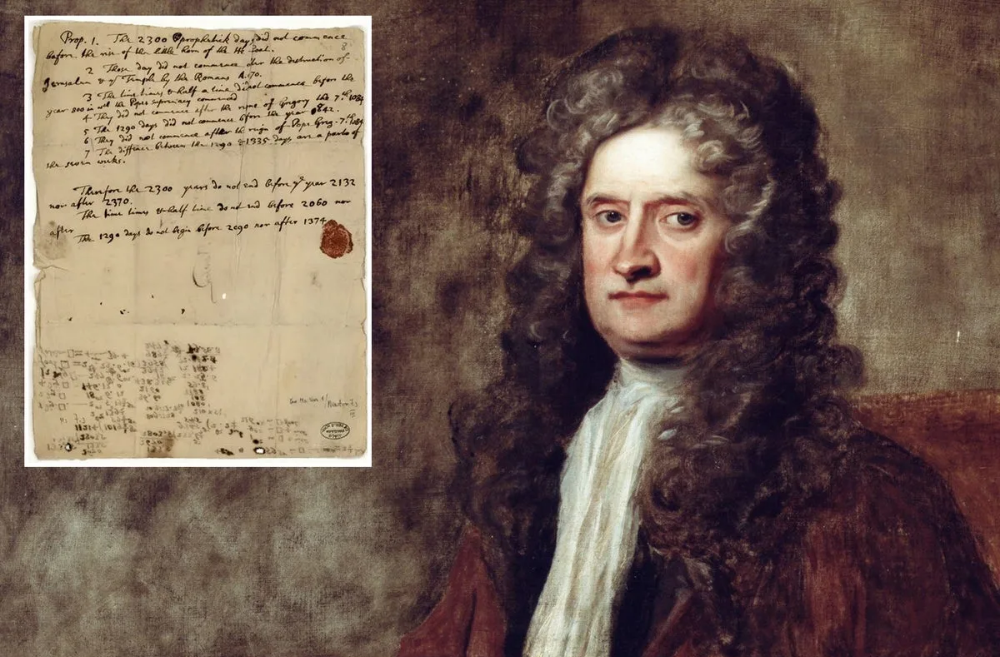
In his own hand, Newton calculated a timeline that pointed directly to a date still within reach of our own lifetimes. The letter is not just a curiosity—it reflects Newton’s attempt to reconcile his rigorous mind with spiritual belief.
What makes this letter so captivating is not merely the date itself, but Newton’s confidence that no earlier predictions should be trusted. His voice cuts through the centuries with a calm yet ominous warning: the reckoning, if it comes, will not be before 2060.
How Did Newton Arrive at the Year 2060?
Newton’s calculation was not pulled from thin air. He relied on the Book of Daniel, a biblical text known for cryptic numbers and symbols.
In particular, Daniel mentions a period of “time, times, and half a time”—interpreted by Newton as 1,260 years. But where to begin counting? Newton chose the year 800 AD, the coronation of Charlemagne and the symbolic birth of the Holy Roman Empire.
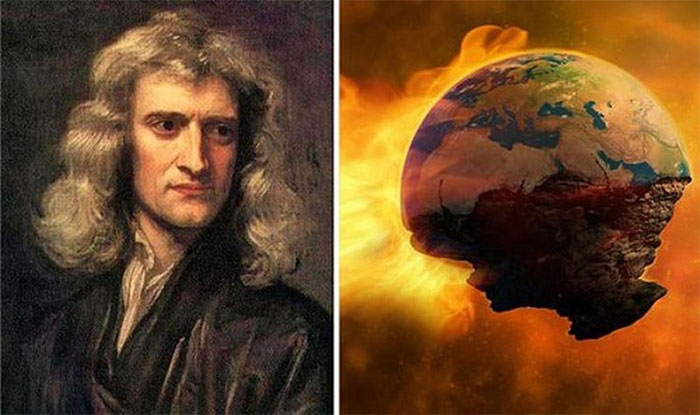
Adding 1,260 to 800 led directly to 2060. In his letter, Newton wrote with measured certainty: “It may end later, but I see no reason for its ending sooner.” For Newton, this wasn’t a random prophecy—it was the product of methodical calculation.
To him, biblical prophecy was not mythology but a code waiting to be unlocked. While many before him had proclaimed imminent doomsdays, Newton sought to ground his vision in reason, bridging mathematics with scripture in a way both rational and mysterious.
Did Newton Predict Destruction or Transformation?
Unlike sensational prophets who declared that fire and brimstone would consume the Earth, Newton’s vision was more nuanced. He did foresee plagues, wars, and the ruin of wicked nations preceding the date, but the culmination was not annihilation.
Instead, he envisioned a world transformed: a thousand-year reign of peace under Christ. In Newton’s mind, 2060 was not about obliteration but renewal—an ending that marked a beginning. The “destruction” was symbolic of corrupt kingdoms collapsing, making way for divine order.
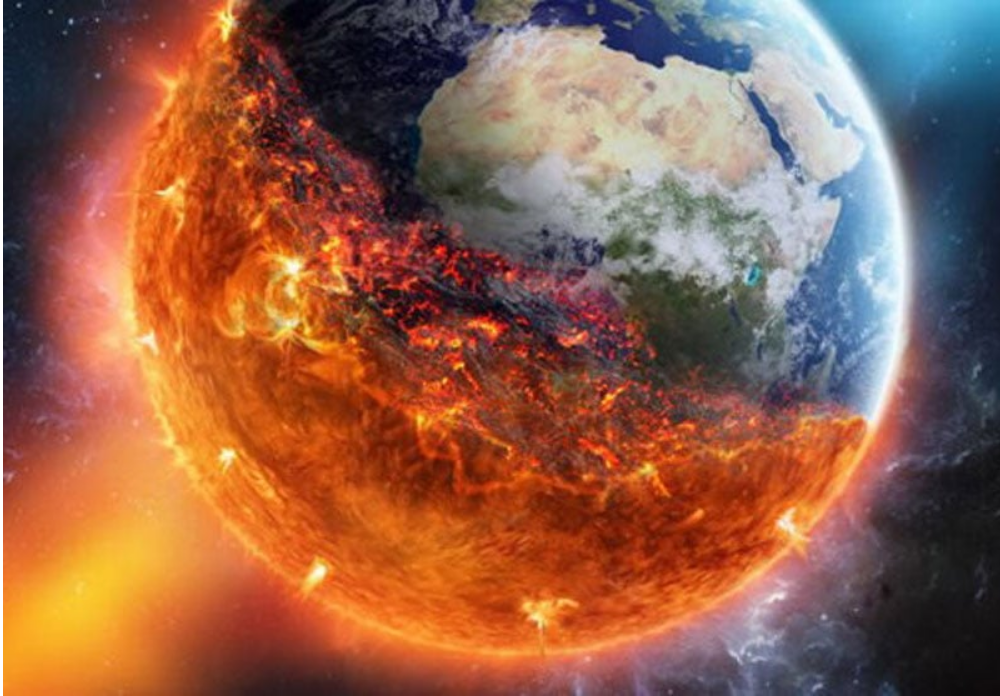
The Second Coming of Christ would usher in harmony, ending human suffering and injustice. Newton’s letter, therefore, was not a script of disaster but of reckoning, where the corrupt would fall, and the faithful would inherit peace.
In this sense, the prophecy was not a threat but a promise. His prediction carried with it both fear and hope, a blend that continues to capture imaginations in our uncertain age.
What Role Does Religion Play in Newton’s Prophecy?
Though often remembered as the father of modern physics, Newton was also a devoutly religious man. He saw no sharp line between science and faith. His prophecy in the 1704 letter leaned heavily on biblical symbolism.
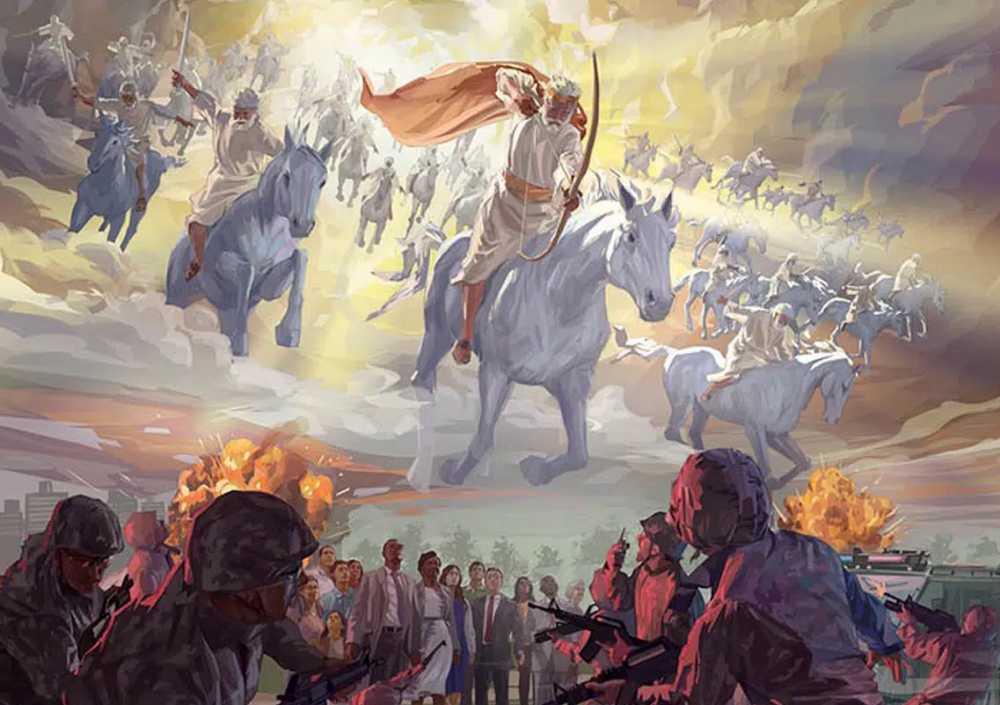
He believed the Jews would return to Israel, fulfilling ancient prophecies, and that their restoration would mark the unfolding of God’s plan. For Newton, religion was not superstition but a framework through which divine order revealed itself in both scripture and nature.
The notion of Armageddon, to him, was not chaos but a spiritual reckoning that restored balance. By aligning his calculations with the Book of Daniel, Newton placed his trust in a divine timeline that governed history itself.
Religion in Newton’s prophecy was less about fear and more about justice, renewal, and the hope of a millennial kingdom of peace. This blending of faith and calculation made his vision both mystical and enduring.
Why Did Newton Write This Letter?
Newton’s motivations were as much corrective as prophetic. Throughout history, many self-proclaimed visionaries had loudly declared the world’s imminent end, only for time to expose them as frauds.
Newton wanted to distance himself from such rash predictions. In the letter, he explicitly stated that his aim was not to fix the exact day of apocalypse but to put an end to “fanciful men” discrediting sacred prophecy.
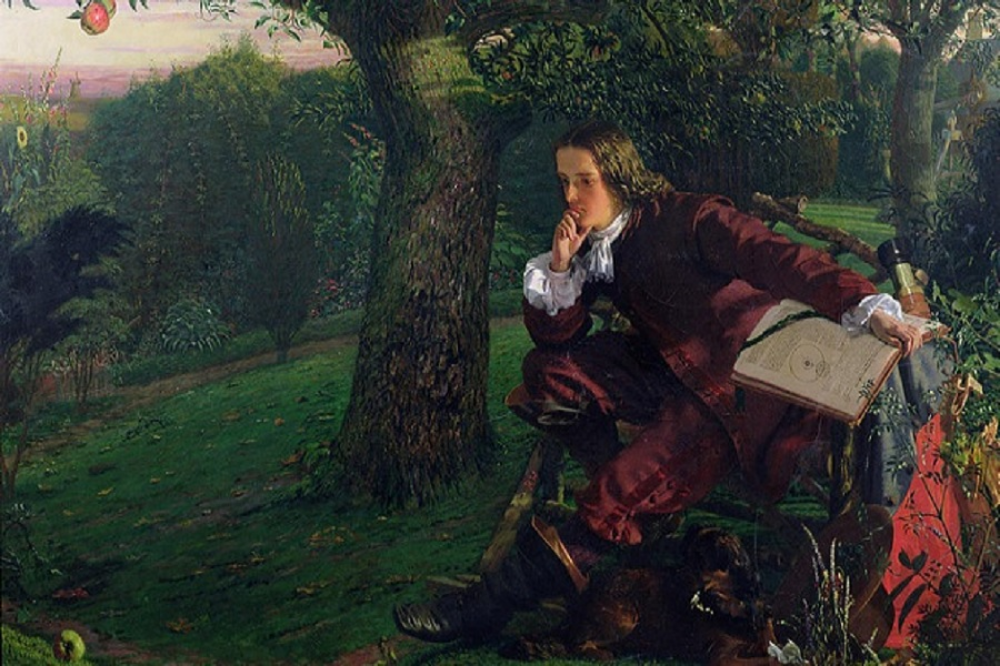
He presented 2060 as the earliest possible date, suggesting caution against premature speculation. To Newton, credibility mattered.
He viewed sacred texts with reverence and sought to defend their meaning from ridicule. His letter was thus both a prediction and a safeguard, urging careful thought over careless panic.
Written by the same hand that formulated the laws of motion, this prophecy reflects Newton’s relentless pursuit of truth—whether in the falling of an apple or the unfolding of divine history.
Where Is the Letter Preserved Today?
The journey of Newton’s doomsday letter is as mysterious as its contents. It was rediscovered in 1969 among papers belonging to the Earl of Portsmouth, hidden for nearly 250 years.
Scholars later traced it to the Jewish National and University Library in Jerusalem, today known as the Hebrew University. In 2007, the letter went on public display, sparking worldwide fascination.
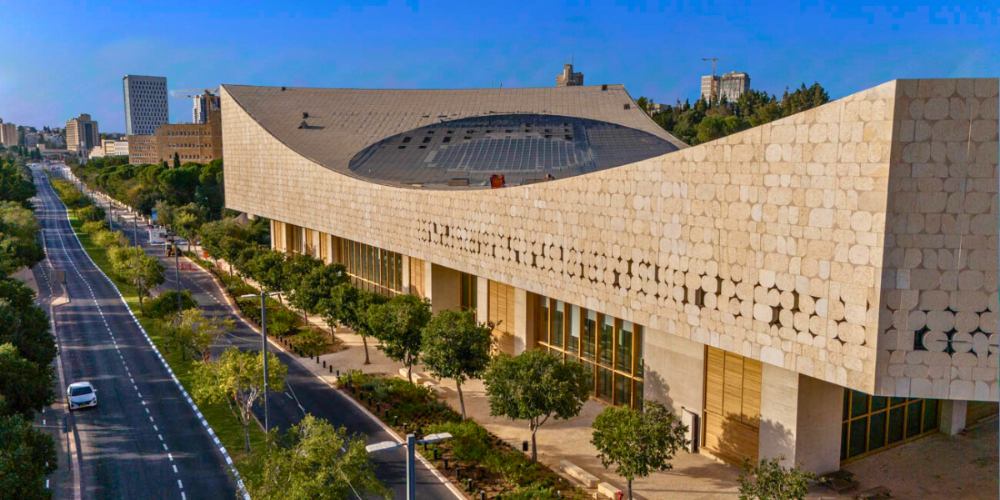
Thousands came to see Newton’s handwriting, the ink still visible across the centuries, as if he had written it yesterday. Its preservation in Jerusalem carries symbolic weight, given Newton’s belief in the city’s prophetic role in the final days.
Today, the letter remains accessible to scholars and the curious alike, a tangible artifact linking one of humanity’s greatest scientific minds to one of history’s most enduring mysteries.
To stand before it is to peer into Newton’s private convictions, suspended between science, scripture, and the unknown future.
How Do Scholars Interpret Newton’s Doomsday Prediction?
Modern scholars approach Newton’s prophecy with both fascination and caution. Stephen D. Snobelen, a professor of the history of science, emphasizes that Newton did not see himself merely as a scientist but as a “natural philosopher” who sought truth in both scripture and nature.
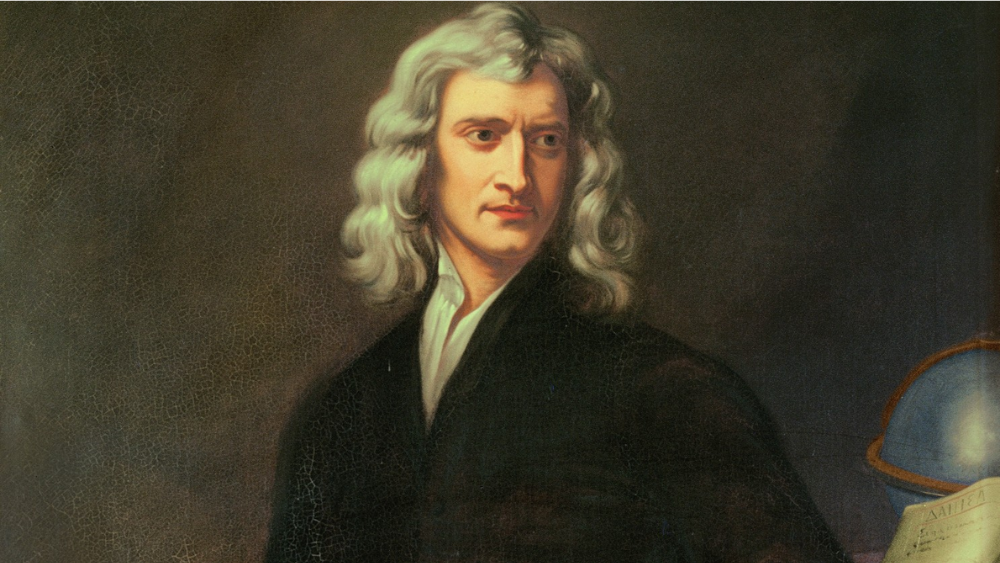
To many, the prophecy reflects Newton’s broader worldview—one where faith and reason were inseparable. Some historians argue that Newton’s calculation was less a literal forecast and more a symbolic defense of biblical credibility.
Others note that his belief in a thousand-year reign of peace aligns with millennial Christian theology. Scholars agree, however, that the letter reveals a side of Newton often overshadowed by his scientific achievements.
It shows him not as a detached rationalist but as a man grappling with profound spiritual questions. His prophecy remains an invitation to study how science and religion can coexist, shaping not only knowledge but also destiny.
What Does Newton’s Prophecy Mean for Us Today?
More than three centuries after Newton set pen to paper, his prophecy still resonates. The year 2060 looms closer, a date within the lifetime of many alive today.
While most dismiss it as symbolic, the fascination endures because it ties humanity’s greatest scientific mind to a vision of destiny. In an era of climate crises, pandemics, and wars, Newton’s words about plagues and the ruin of nations feel eerily relevant.
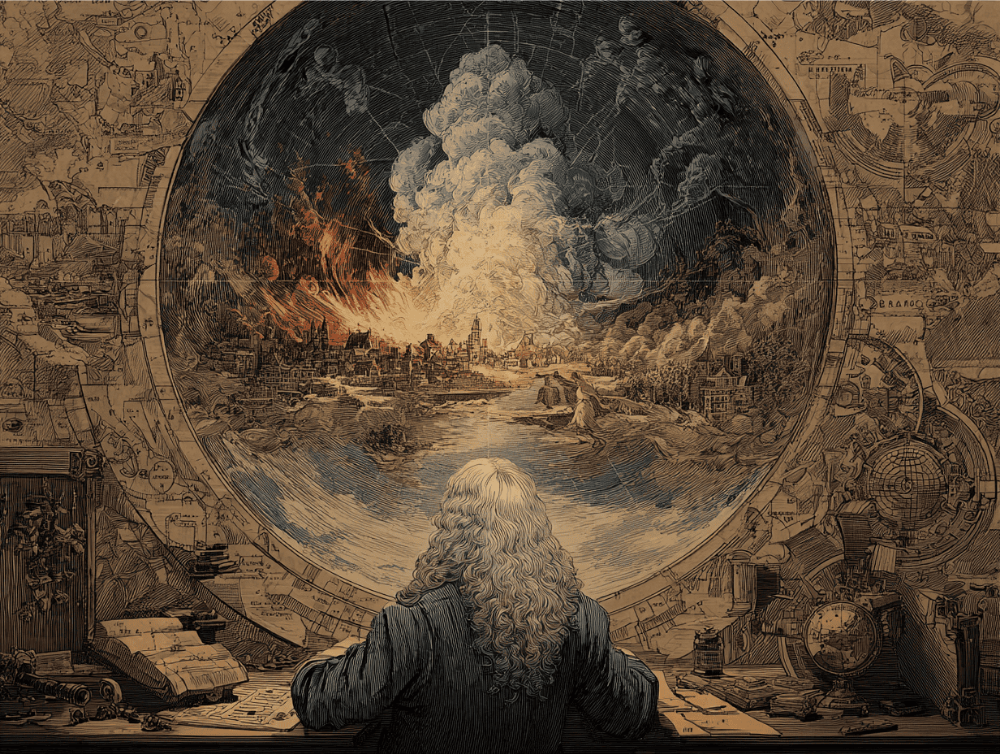
Yet his prophecy also carried hope: the promise of peace, renewal, and divine justice. Whether or not one believes in his timeline, Newton’s letter reminds us of the human desire to find order in chaos, to seek meaning in the face of uncertainty.
It is less about the literal end of the world and more about our ongoing quest to reconcile science, faith, and the mysteries of existence. The story lingers, urging us to look forward with humility.
Conclusion: Between Science and Mystery
Isaac Newton’s lost letter offers more than a date—it offers a window into the soul of a man who shaped our understanding of the universe.
Known for laws of motion and gravity, Newton also wrestled with prophecies, kingdoms, and eternity. His prediction of 2060 stands not as a countdown to catastrophe but as a testament to the human spirit’s longing for answers.
Hidden for centuries and rediscovered in modern times, the letter bridges past and future, reason and faith, certainty and mystery. Whether 2060 brings transformation, a new beginning, or simply another year, Newton’s words remind us that even the greatest minds look beyond equations for meaning.
His prophecy endures because it touches something universal: our fear of endings, our hope for renewal, and our endless search for truth in the mysteries of time.

